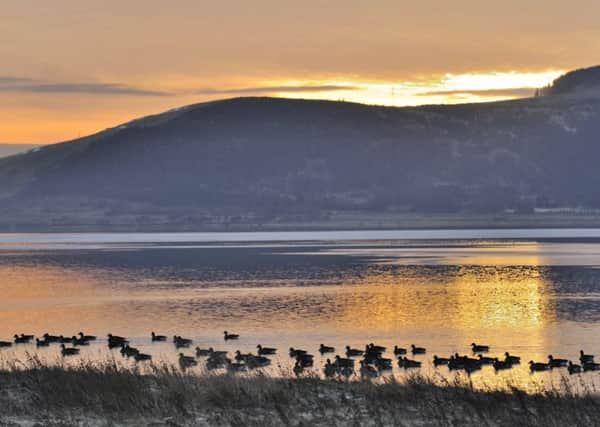'˜Scum Saturday' just a bad memory


Research carried out by NERC Centre for Ecology & Hydrology (CEH), Scottish Natural Heritage (SNH) and other agencies shows that Loch Leven – Scotland’s biggest lowland loch – has improved to such an extent over the past 25 years that visibility has gone from under one metre to almost 5m.
In June 1992, the loch was visibly blighted by poisonous, blue-green algal blooms and murky water. The event became known locally as Scum Saturday and it was estimated to have cost the local community more than £1 million in lost revenue.
Advertisement
Hide AdAdvertisement
Hide AdSaid a spokesman for SNH: “Levels of pollution, mainly caused by excessive amounts of phosphorus entering the loch, have been falling over the last 25 years.
“This has led to improvements in water clarity, increases in the abundance and diversity of aquatic plants, better habitat, and more food for fish and birds.The improved water clarity, in particular, illustrates this dramatic change.”
A number of measures have been put in place by a group comprising SEPA, SNH, SEPA, Scottish Water, Perth & Kinross Council, and others in the community.”
Existing sewage works have been upgraded and a new one built, while local authority policies have been changed to ensure that strict waste water treatment arrangements are incorporated into any new build.
Advertisement
Hide AdAdvertisement
Hide AdGrass buffer strips on field margins and soil retention areas have reduced soil erosion and the nearby woollen mill has stopped discharging pollutants into the loch.
Dr Linda May of CEH, leader of the monitoring programme for the past 20 years, said:“Lessons learned at Loch Leven are now being used to inform lake restoration projects across the world.
“Our achievements at Loch Leven are frequently described by scientists and lake managers alike as ‘inspirational’.”